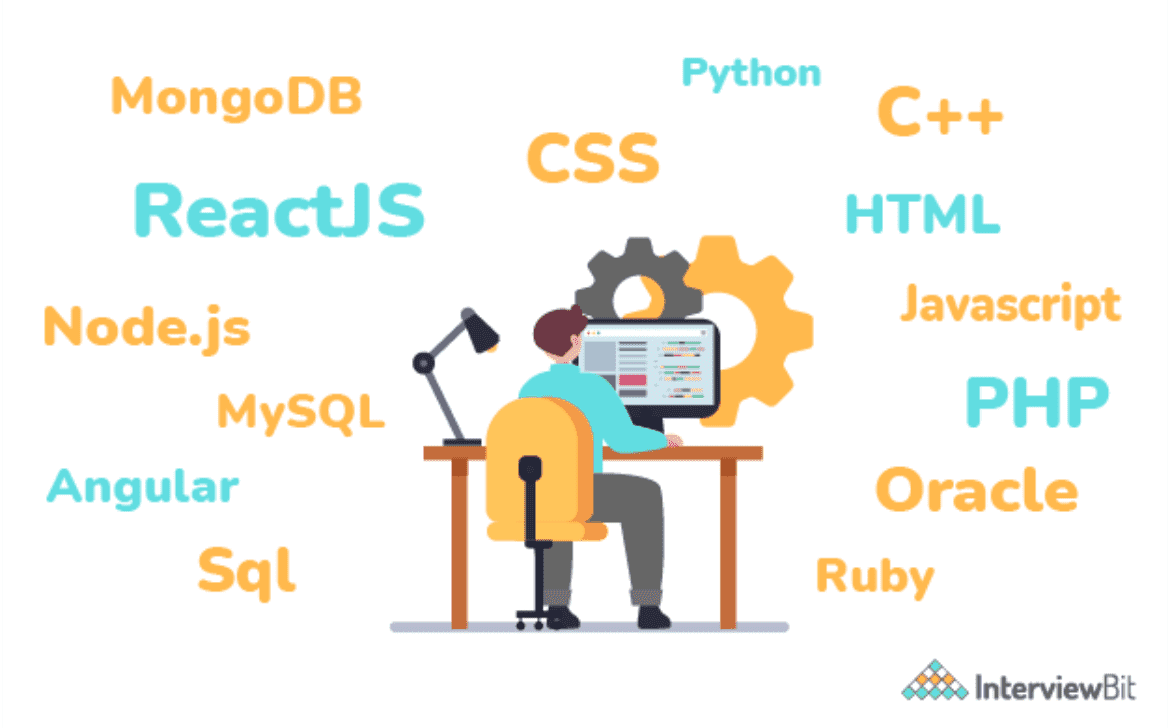Navigating the Digital Landscape: An In-Depth Guide to SEO
Introduction
In the vast expanse of the digital world, search engines serve as the gatekeepers to information. Search Engine Optimization (SEO) is the key to unlocking visibility, driving organic traffic, and establishing a strong online presence. This blog delves into the intricate world of SEO, offering a comprehensive exploration of its significance, strategies, and the ways it transforms websites into discoverable and authoritative entities.
- Understanding SEO: An Overview
SEO is the practice of optimizing websites to rank higher in search engine results. It involves various strategies that enhance a website’s visibility, credibility, and relevance to search engines and users.
- Importance of Organic Traffic
Organic traffic, driven by search engine results, is highly valuable as it brings targeted users actively seeking information, products, or services. SEO aims to attract this organic traffic.
- Keyword Research and Analysis
Keywords are the foundation of SEO. Through meticulous research and analysis, SEO experts identify relevant keywords that align with users’ search intents and incorporate them strategically into website content.
- On-Page SEO Optimization
On-page SEO involves optimizing individual web pages to improve their search engine ranking. This includes optimizing meta titles, descriptions, headings, and content structure.
- Off-Page SEO Strategies
Off-page SEO focuses on building a website’s authority and reputation through external factors. This includes link building, guest posting, and influencer outreach to establish credibility.
- Technical SEO Excellence
Technical SEO ensures that a website is crawlable, indexable, and user-friendly. This involves optimizing site speed, mobile responsiveness, schema markup, and XML sitemaps.
- Content Creation and Quality
High-quality, relevant, and engaging content is at the heart of effective SEO. Creating informative articles, blog posts, videos, and infographics enhances a website’s authority and user engagement.
- Local SEO for Business Visibility
For businesses with physical locations, local SEO is crucial. Optimizing for local search terms and ensuring consistent business information across directories helps businesses appear in local searches.
- SEO Analytics and Tracking
Data-driven decisions are integral to successful SEO campaigns. Analyzing metrics like organic traffic, keyword rankings, and conversion rates provides insights for optimization.
- Evolving SEO Landscape
The digital landscape evolves, and so does SEO. Staying updated with algorithm changes, new technologies, and trends is essential to maintain and improve search rankings.
Conclusion
SEO is the compass that guides websites through the digital wilderness, helping them navigate the complexities of search engine algorithms and user behavior. From meticulously researched keywords to technical optimizations and engaging content creation, SEO is the foundation upon which online visibility and success are built. Whether you’re an individual blogger, a business owner, or a digital marketer, understanding and harnessing the power of SEO is the key to making your digital presence known, respected, and found by those seeking your offerings.










